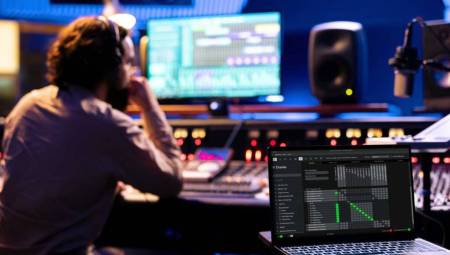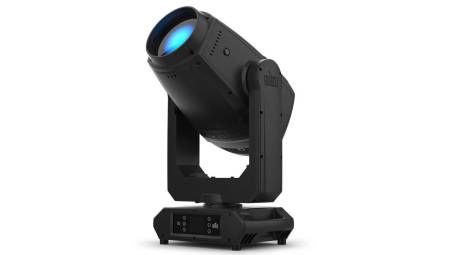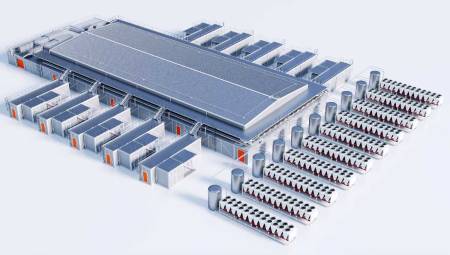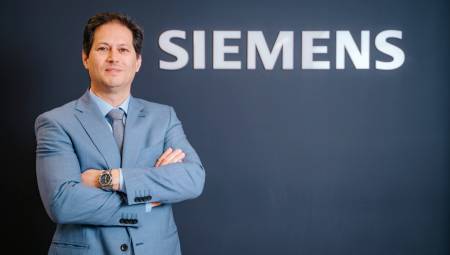If the brain can locate sound sources in distinctive positions, it can automatically adjust signal levels.
Juan Tamayo, CTS-D*
In the development of professional audio designs for live events we generally care more about the design of the main system called "Main", "Front of House FOH" or "PA", than about the monitoring system. In some cases we place speakers within the stage, which is basically the reproduction of the audio that is generated so that the musician or presenter has a sound reference of the interpretation he is performing.
Having a musical reproduction by speakers on a stage to achieve monitoring can generate inconveniences in the normal development of amplification for the PA, because the audio waves are non-compression mechanical signals, it means that there is no control mechanism, once they leave the speaker they can bounce off the surfaces and reach any point on the stage or outside it, the lower the frequency, the more difficult it will be to control.
Let's take the following case, I have a conventional group drummer, guitar, bass and singer, four musicians who are performing their normal artistic performance, each with at least one speaker for what we call active monitoring, we have 4 independent signals, in a stage space, plus the main amplification system (PA). What happens in this scenario if: the musicians do not have an auditory culture, there is no correct flow of communication between musician and engineer, if there is no adequate acoustic treatment in the enclosure? The answer to this scenario will be summed up in one word: CHAOS.
But quiet, for years and thanks to the boom in the use of wired and wireless technologies, we have been working on what we call a personal monitoring system with hearing aids or known as IEM. We believe that putting a hearing aid will lead us to solve the problems, and partially it can happen, but it can also generate more inconveniences, due to the comfort and listening processes of the musician. In this article I will try to explain how to mitigate these problems.
Communication artist - engineer
Let's start with the process of communication between artist on stage and engineer or operator of the mix. Everyone speaks a different language, due to brain development (sorry for the term, I am not a neurologist), but basically artists or musicians better develop their right hemisphere in which creativity, imagination, rhythm, among other characteristics, are located. Instead, the engineer better develops his left hemisphere, in which sequences, numbers, logic, mathematics, and many other analytical characteristics are located. So from the outset we have a communication barrier, if we do not develop an efficient strategy we will possibly encounter problems when developing a mixture of IEM. As an example I always talk about this case, the musician says I do not listen to myself, the engineer chooses to raise the volume level his channel, but possibly the musician meant, the other channels are very high, and I do not listen to myself. A better solution would be to lower the level of the other signals.
Once we understand the communication process, let's move on to the signal transmission process. In a PA system we have a microphone, mixing console, amplifier, enclosure and the main signal reaches the ear, but it does not arrive alone, it arrives accompanied by bounces, which give the feeling of spatiality to the brain. In IEM systems, the signal path is microphone, mixing console, hearing aid amplifier, hearing aid, but here the signal reaches the ear canal directly, in a strict pure, without spatial reference where the sound comes from. For the musician with headphones, every signal that has a microphone is located centimeters from his ear, so he does not have an auditory spatial reference of the signals.
 The mixing objectives in the PA process is different from the mixing objective of the IEM, and this must be totally clarified so as not to generate confusion, in PA systems it is sought that the sound is homogeneous for the space where it is amplified, in IEM systems the objective of the mixture is to help the artist to improve his musical interpretation according to his wishes. So it is of the utmost importance that the monitor engineer becomes a tool for the musician, and not a problem.
The mixing objectives in the PA process is different from the mixing objective of the IEM, and this must be totally clarified so as not to generate confusion, in PA systems it is sought that the sound is homogeneous for the space where it is amplified, in IEM systems the objective of the mixture is to help the artist to improve his musical interpretation according to his wishes. So it is of the utmost importance that the monitor engineer becomes a tool for the musician, and not a problem.
IEMs have a reputation for some musicians that is not very positive, and it is because it is mistakenly believed that with IEMs the creative feeling is lost, the room is lost or disoriented, that IEM is necessarily wireless and expensive, I only need an auxiliary outlet, and that it is an invention that was only created for drummers. But in reality the IEM improve the sound of interpretation because they reduce the noise of the stage, when implementing a correct IEM system improves the interpretation or singing of the artist, protects the ear (in appropriate developments), and allows to easily operate channels with pre-recorded tracks. And really the only con that IEMs have is that they demand exact planning and execution, otherwise they will be looking for problems.
Something that IEMs demand is hearing aids. Producers, engineers and musicians who own the right hearing aids for these are recommended to review them over time to have a study and measurements of these, since hearing aids can change their response in frequency over time, due to excess power (topic of another article).
3D mixing
Our brain primarily uses differences in level and interaural time to determine where a sound source is located. The spatial information from each sound source makes it easier for the brain to differentiate them, thus creating a 3-dimensional (3D) listening image. If the brain can locate sound sources in distinctive positions, it can automatically adjust signal levels. With earplugs in both ears, natural spatial information disappears. We only hear what's in the mix. Most of the signals sent to a mixer are picked up one to two inches from the source, without any spatial information.
Using a mono mix in IEM both ears hear exactly the same signal. There is no time or level difference at all, so you get a one-dimensional sound image, as if this one is coming from the front or from behind.
Without any spatial information, all voices and instruments are located and heard in a small space where it is very difficult to differentiate the small changes that need readjustments, the brain is looking for differences, which leads to auditory fatigue. And the unpleasant experience for musicians that usually results in the disconnection of a plug (with the risk of serious damage to the ears!).
To achieve a 3D mixture, the PAN function (Panning) must be used, which allows a difference in the level of the individual signals between both ears. This makes it possible to differentiate the instruments much better. Room information is still missing. What this function does is spatially place the instruments in stereo. To generate the depth of space, stereo effects are used. With this combination the 3D effect is achieved. If they are not applied, the signal would be in monophonic without spatial information.
Some monitor mixing engineers choose to place ambient microphones within the stage. This technique requires that the signal from these elements is mixed with the sound reproduced, avoiding phase problems, noise among others, it will demand a lot from those who use it.
IEM personal mixing systems are not as simple as locating a pair of hearing aids, but they are also not as difficult to understand and develop, in this article we only manage to cover the theoretical/technical concepts about the development of mixtures in personal monitoring systems. We will be working on the next article to cover tools that can improve these processes. If you have any questions you can leave the comment in the article and we will gladly try to answer.
*Juan Tamayo, CTS-D, is an electronic engineer and currently serves as Manager of T-Árbol Audiovisuales SAS, product application engineer for Latin America for International Sales and Support Engineer for Synthax Inc.
















